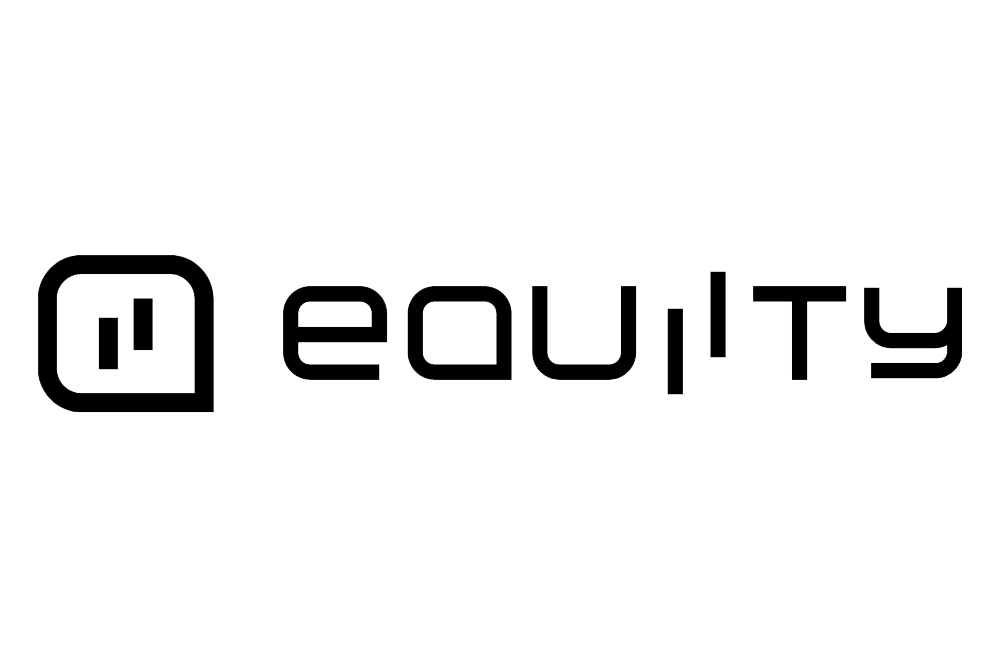You’re in a better position than other sorts of investors and traders in the market if you’re looking for what is the dividend, dividend yield, highest dividend-paying stocks, or the best dividend yield stocks to buy in the Indian market.
When a business achieves success, it can distribute a percentage of the profits to shareholders based on the number of shares they own. Dividends are a type of payment that is made to stockholders on a per-stock basis. High dividend yield companies are those that pay a higher dividend than the market price on a consistent basis.
Stocks are commonly associated with making money for investors. They purchase a stock at a predetermined price, and if the stock’s price rises, investors profit handsomely by selling those shares. However, there are other ways to make money, such as dividends.
What are dividend yield stocks?
Companies that pay out regular tips are known as tip stocks. tip stocks are frequently well- established pots that have a history of returning gains to shareholders. A dividend is a monetary payment made by publicly traded firms to their shareholders. Dividends are paid out of the company’s profits.

The dividend yield is a financial measure that shows how much money investors get back in relation to the stock’s market price. In other words, the dividend yield determines what percentage of a company’s market price is distributed to shareholders as dividends.
These awards can come in the form of cash, currency equivalents, shares, or other assets, and they’re usually paid out of the leftover profit after all essential expenses have been met. Companies, on the other hand, have the option of keeping their gains and reinvesting them in the company or setting them aside for future use.
Dividend investing is a technique that provides investors with two streams of potential profit: one, regular dividend income, and two, capital gain over time.
Investing in dividend yield stocks can be a fantastic way for investors to create income or simply grow wealth by reinvesting dividend payments. This method may also appeal to investors seeking a lower-risk investment. Dividend investing is a strategy that offers investors two possible profit streams: stable income through dividend payments and capital appreciation over time.
This method may also appeal to investors seeking a lower-risk investment. Some of the top dividend stocks might also be extremely safe. There are, however, some dangers that shareholders should be mindful of.
Dividend-paying stocks are among the safest to invest in. However, there are still dangers to be aware of, and dividend stocks might be dangerous if you don’t know what to avoid. Although not every dividend stock can continue a payout in every economic scenario, as the COVID-19 epidemic has shown, a diversified dividend stock portfolio can provide a consistent income.
The payout ratio indicates how much of the company’s net income has been paid out in dividends. It is calculated as follows:
Pay-out Ratio = Annual Dividend Per Share/ Net Income
Best Dividend yield Stocks to Buy
Power Finance Corporation (PFC) Ltd.
The Government of India (GOI) established the Electricity Finance Corporation (PFC) in 1986 as a financial institution to fund and enhance the growth of the power sector. It is a premier power sector public finance company and a non-banking financial company (NBFC) that provides both financial and non-financial support for India’s power sector development and growth.
The corporation plays a key role in channeling investments into the electricity sector and serves as a vehicle for the sector’s development. State power utilities, central power sector utilities, power equipment manufacturers, and others are among the company’s clientele.
All of these clients are active in various elements of the electricity sector, including generation, transmission, distribution, and related activities.
Bajaj Auto
Bajaj Auto is a two-wheeler manufacturer with a long history of success. What sets Bajaj Auto apart from other Indian two-wheeler manufacturers is its unwavering focus on international footprints. By not being overly reliant on any one geography or product, the company has been able to de-risk its operations.
Bajaj Auto is the 4th biggest three- and two-wheeler manufacturer in the world. By far the largest motorbike and three-wheeler exporter in India. For the third year in a row, the company’s total shipments exceeded 2 million units in FY21. It also maintains its market-leading position in the three-wheeler segment.
With the launch of the legendary ‘Chetak,’ Bajaj has lately joined the electric two-wheeler industry, which might be a long-term development driver. Over the last five years, the company’s revenues have grown at a CAGR of 4%, while profit after tax has grown at a CAGR of 4%. Apart from that, the corporation is a dividend-paying stock with a high yield.
However, the company operates in a highly cyclical industry, meaning that sales are higher during periods of economic expansion and lower during periods of economic contraction.
PTC India Ltd.
The Power Trading Corporation of India was founded in 1999 with the goal of providing private sector power project developers with a risk-mitigation option. It engages in a variety of trading operations, including long-term and short-term trading of power generated by huge power installations.
It functions as a middleman between the power buyers and suppliers. PTC serves as a cross-border trading nodal agency. PTC also provides consulting services for the establishment of independent power plants.
GAIL
GAIL holds a 70 percent market share in natural gas transmission, thanks to its extensive pipeline network. Pipeline construction necessitates substantial investments as well as navigating a complex regulatory system.
The government is pursuing a number of efforts to expand natural gas’s proportion of the overall energy mix. The City Gas Distribution (CGD) and the fertilizer sector are projected to continue to drive natural gas consumption in the future.
GAIL has also expanded into downstream industries such as petrochemicals and liquefied petroleum gas (LPG) (LPG). The LPG and petrochemicals business has been helping GAIL sustain profitability and a solid segmental contribution.
Furthermore, the company expects significant realizations due to the recent spike in crude oil prices and high spot LNG prices. Healthy profitability and high cash accruals characterize GAIL’s financial risk profile, resulting in comfortable debt metrics and capital structure.
The petrochemical, LPG, and LHC categories, on the other hand, are vulnerable to commodity price volatility. Another danger is that the company’s tariffs are dependent on government restrictions.
Hindustan Zinc
The mined metal capacity of Hindustan Zinc is roughly 1.2 MTPA. It is the world’s second-largest zinc miner and fourth-largest zinc smelter. It has a commanding position in the domestic zinc market, with a market share of 78 percent by volume.
Furthermore, substantial entry barriers, such as capital-intensive processes and a lack of zinc ore mines, give the business risk profile a considerable competitive advantage. Its revenue variety is also enhanced by its presence in worldwide markets. Strong synergy and low-cost, high-grade zinc reserves drive great operating efficiency. Across the whole value chain, operations are integrated.
The firm should be able to persist as a low-cost zinc producer over the medium future, thanks to long-term agreements with the Government of India (GoI) that give it access to the majority of lead-zinc resources in Rajasthan.
Because it produces an important commodity, the Covid-19-led lockdown had only a minor impact on its operations. In the galvanized steel industry, Hindustan zinc is subject to cyclicality. Zinc demand is intertwined with the galvanized steel sector.
A significant net worth, strong liquid surplus, and lack of long-term debt support the financial risk profile. Dividend payouts, on the other hand, are often large in order to finance debt.
In the previous year, the company’s dividend payout ratio was 113 percent. Zinc is also up against replacements for galvanized steel, such as aluminum and other alloys. The company’s business profile also has a significant concentration risk, given the majority of its revenue originates from the zinc-lead business.
How to choose profitable dividend yield stocks?
1) Minimum Dividend Payout ratio of 40%
The tip payout rate is the chance of earnings paid out to shareholders as tips, generally stated as a chance. Some pots distribute all of their gains to shareholders, while others distribute only a bit of their profits. However, the remainder is kept by the company, If a establishment pays out a portion of its earnings as tips.
The tip payout rate is calculated using several factors, the most important of which is the company’s maturity position. A fresh, growth- acquainted company with plans to expand, develop new products, and enter new requests would be anticipated to reinvest the maturity of its earnings and could be justified for having a low or indeed payout rate.

2) Dividend yield of more than 3%
The whole dividend yield should be greater than 3%. The dividend yield is a financial ratio that illustrates how much a firm pays out in dividends each year in relation to its stock price, given as a percentage. It’s crucial for investors to remember that greater dividend yields don’t always signify good investment possibilities because a stock’s dividend yield might rise as a result of a stock’s price falling.
3) Clear cut dividend policy
The corporation should have excellent results with regard to dividend payments and repaying debts. The dividend policy of a company divides the company’s net earnings into two components: preserved earnings and dividends.
The retained earnings are used to fund the company’s long-term expansion. As a result, the firm’s dividend policy has an impact on both long-term financing and shareholder wealth. As a result, the firm’s decision to pay dividends may be structured as a long-term financing decision as well as a decision to maximise wealth. Most organizations’ management considers dividend stability or regularity to be a desirable policy. Shareholders favor this policy as well, placing a larger value on constant payouts than fluctuating ones.
Keeping these indicators in mind, as well as other financial metrics will allow you to accurately assess a company’s profitability and financial status.
Bottom Line
Although these firms pay some of the highest dividends in the country, that should not be the main incentive for investors to add them to their portfolios. Even when they are losing money, several corporations continue to pay dividends. Other criteria that go into stock selection for a portfolio include business earnings, corporate governance, and so on.
Furthermore, it is vital to note that dividends are given at the discretion of the corporation. If a corporation has paid dividends in the past, it does not guarantee that it will do so in the future.
In addition, as a result of last year’s budget, dividends are now taxed in the hands of investors. Dividends will be taxed at the applicable slab rate for persons. Dividends paid to corporate shareholders will be taxed at their effective tax rates.
InvestBy is a trustable brokerage firm as it is regulated and authorized by the National Bank of the Republic of Belarus under license number 40023. Investors have no need to be concerned about funds because they are managed in accordance with current Republic of Belarus legislation and local Forex regulations.


